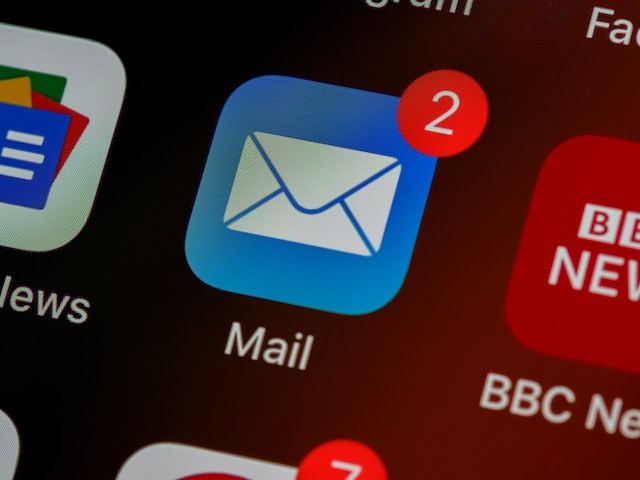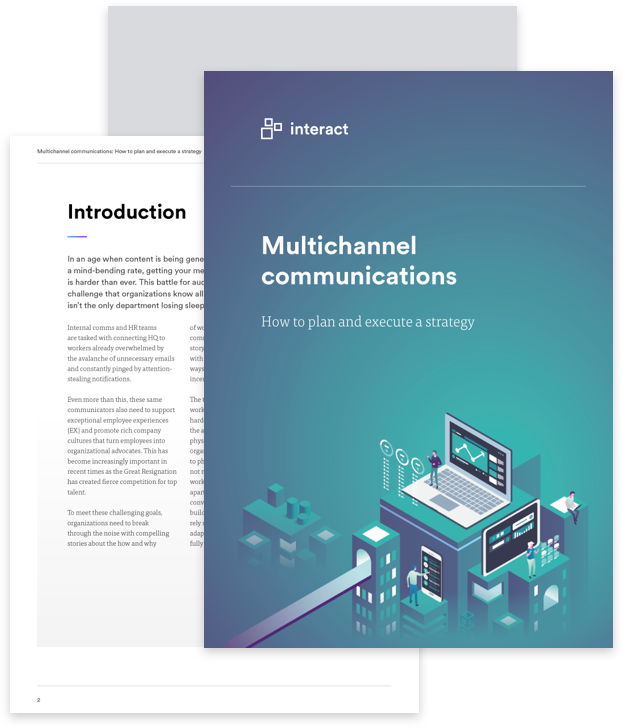Is an internal newsletter still worth sending in 2023? We think so. Despite the growth of Teams and Slack, email still has a place in your internal comms strategy. But you’ll want to follow these email newsletter best practices if you’re going to put one together.
Contents
- Are email newsletters effective in 2023?
- How to write a newsletter for a company
- 1. Decide on the newsletter’s goals
- 2. Think about the mix of content
- 3. Tap into an editorial plan and enlist internal authors
- 4. Choose the right email platform
- 5. Design a template and tone of voice
- 6. Pitch roll the newsletter to set expectations
- 7. Gather content and establish a process
- 8. Subject lines matter
- 9. Decide on the call to action
- 10. Ask for feedback
- 11. Keep developing
Are email newsletters effective in 2023?
As our workplaces change, it is tempting for HR and internal communicators to focus solely on the communication channels that are most popular right now.
Mobile-friendly chat apps such as Teams and Slack seem like a sensible solution to the challenge of reaching and engaging employees because they’re so widely used for discussion and collaboration.
It is a mistake to forget about the power of email though, and especially of email newsletters.
In 2022, we surveyed HR, employee experience, and internal communications professionals and 36% of them said they still rely on email as their most important comms channel (intranet software was the most popular choice, with 51%).
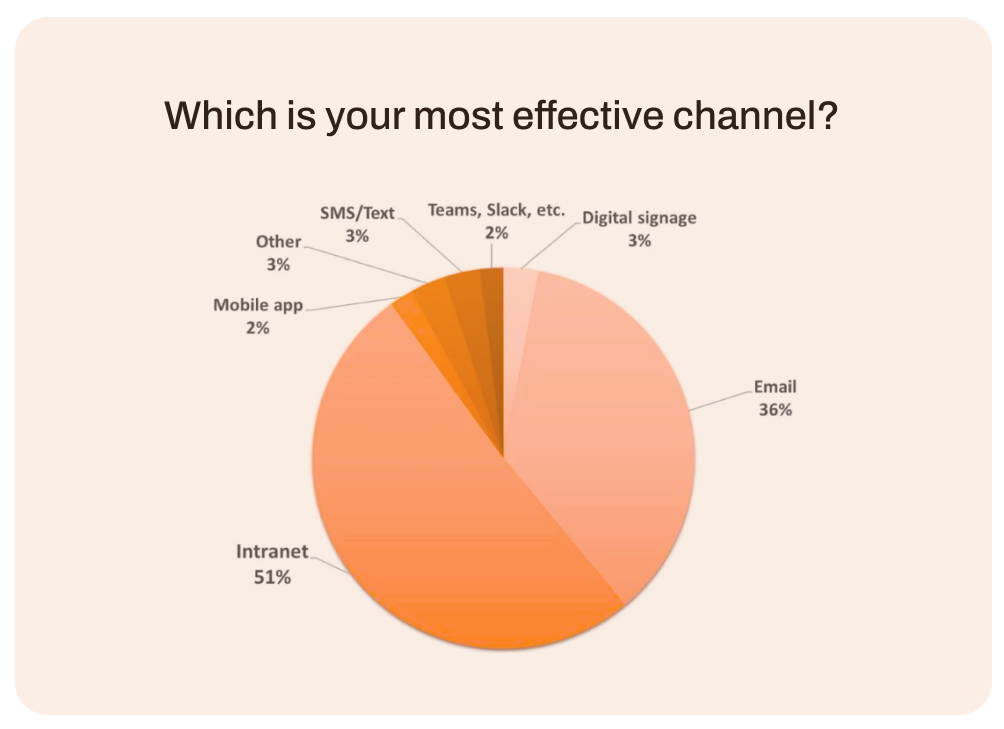
Internal newsletter best practices are a little different from marketing newsletters. For starters, employee audiences aren’t buying from you, so the focus of your content won’t be on sales or deals but on culture and updates, although they can be useful for internal PR.
You also really don’t want them to unsubscribe because you may need to use the newsletter as part of Open Enrollment or change communications.
Multichannel communications: How to plan and execute a strategy
Before you can keep them engaged though, you need to create something worth reading. We’ve set out some email newsletter best practices to make sure you have a newsletter people won’t automatically delete.
How to write a newsletter for a company
If you’ve already decided that a newsletter is a worthwhile part of your internal comms plan, here’s a checklist of things to run through before you hit send on your first edition.
For companies who already have an employee email newsletter in place, the following tips may help you to revisit your email strategy and decide how well it’s working.
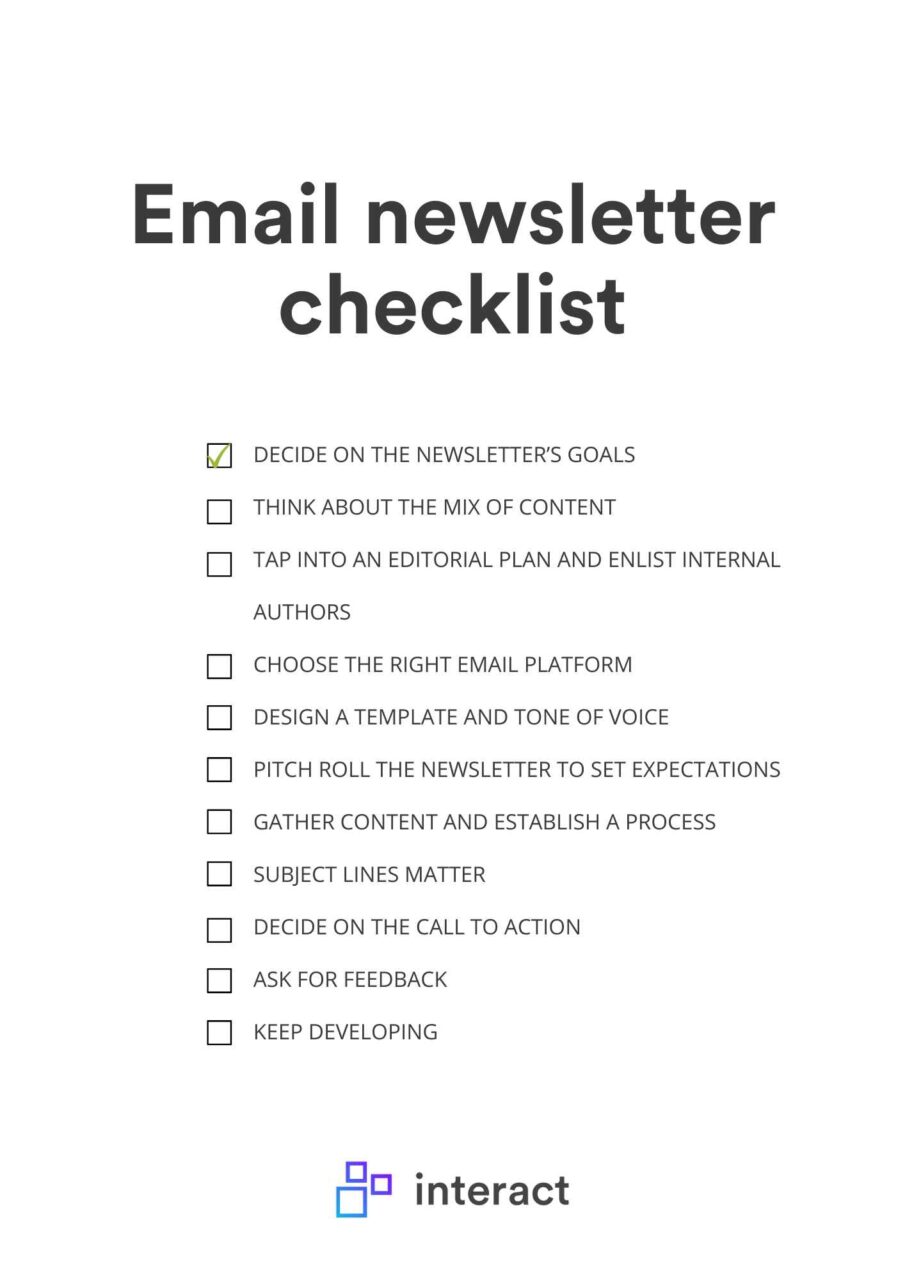
1. Decide on the newsletter’s goals
Before you really push into email creation mode, consider how the newsletter will fit in with your wider comms plan.
Will it be used to recap updates that have already been posted elsewhere, or will senior leaders use it to exclusively reveal the latest news?
Many people in your organization may not have access to email, so best practice would suggest that this shouldn’t be your primary channel. If 99% of staff are knowledge workers with constant access to their inboxes though, the newsletter could be useful for premiering content.
In addition to deciding how you are going to use the newsletter (which will affect the content and design), it’s worth setting out its intended impact.
Do you want people to reply directly to each newsletter edition? Is the content intended just for advice, with no engagement required? Are you providing links to intranet content that will give them more information on each topic? Even though every instance of the newsletter will have individual goals, the overall objectives should be mapped out.
You may also want to think how you will measure success. Common email marketing metrics include:
- Clickthrough rate
- Email sharing / Forwarding
- Open rate
TIP: For in-depth planning, consider using a communication matrix to delve into the detail.
2. Think about the mix of content
Content strategy is an important part of email planning. If you work in a big enterprise there will never be a shortage of content to share, but not all of it will be relevant to all audiences.
So, break up the newsletter into the broad content areas you want to cover and then assign space for each. It may look something like this:
- 20% Senior leadership updates
- 20% Celebrations of success (new customers, personal wins, team awards)
- 10% Personal profiles (new hires or long-term staff)
- 10% Policy/procedure updates from HR/IT
- 20% Thematic content aligned with an internal communications calendar (e.g., Pride month or Mental Health Awareness Week)
- 20% Roundup of recently posted intranet content
Crucially, your email newsletter should offer a range of content for all your internal audiences.
Don’t forget to rotate content from all locations, countries, and departments so it doesn’t get stale and so no one feels left out.
3. Tap into an editorial plan and enlist internal authors
A newsletter is a big undertaking, and you probably won’t be able to do it alone.
Multichannel communications: How to plan and execute a strategy
While you may be the person charged with coming up with a snappy email subject and writing summaries of the content, you still need material to promote in the first place.
Set up regular meetings with intranet authors and influencers in different business areas so you know what they’re working on and what they want to share.
The best internal comms content may come from employees themselves.
TIP: How do you identify and work with staff when developing content? We’ve got a whole article on helping subject-matter experts to become internal communicators.
4. Choose the right email platform
Things are starting to take shape with your email newsletter, so now it’s time to think about format and delivery.
If your organization uses Microsoft 365 or Google Workspace, you will already have a corporate email account, but is that the right place to create engaging email newsletters? Many businesses think not, which is why companies such as Mailchimp have become so popular.
TIP: You can find more information on choosing an email newsletter system here.
If you want to search beyond Outlook, for example, you’ll need to find a third-party tool that fits your budget, objectives, and technical capabilities. Some tools can be quite complex and have a steep learning curve.
If you already have a CMS intranet with email functionality, however, then you have an in-built solution. Through Interact’s Block Editor, users can easily create email newsletters with an intuitive drag-and-drop editor.
One advantage of using your intranet for email is that it automatically syncs with intranet user profiles and HR systems, including Azure Active Directory. Why is this important? Because one of the biggest problems with managing a third-party email platform is keeping email lists of employees up to date; an intranet can remove that pain by automatically updating your email list based on who has left or joined the company.
5. Design a template and tone of voice
Your email newsletter is an expression of your organization and an important way to engage employees. If it’s generic and boring, people won’t read it.
Email newsletter best practices suggest that it’s important to balance design with white space though, so take a look at some impressive email newsletter design templates to see how you want yours to look.
Then, when it comes to creating your repeatable format, you should focus on having a blend of white space, concise copy, color, and different content types. Images, banners, and links can all give some life to your messages.
Tone of voice is also an important factor. Whether you choose something chatty and informal or a professional corporate voice, it needs to be consistent across the subject line, body content, and then in every edition.
Crucially, your email newsletter copy is there only as a gateway to other places. The copy needs to be engaging enough that people want to click through to your intranet or other articles to learn more. So, the email newsletter copy shouldn’t be radically different from the content it’s linking to.
For ideas on copywriting best practices, check out these ideas on direct response copy.
Additional points to consider in your format:
- Structure – Don’t put all the most important information in the first five lines. Space it out or people won’t read the whole thing. If people in your organization enjoy stories about recent promotions, save that till the end.
- Frequency – How often you send emails will be specific to your organization, but email newsletter best practices suggest that 61% of consumers want to receive a weekly email from their preferred brands.
- Length – Common advice on newsletter length is that it should be no longer than 20 lines (or 200 words), but that’s short and you may have a lot more to say. You can vary the length based on the frequency because if you’re only sending once a month you can afford to make it longer. Advice is that email newsletters with three images or fewer get optimal clickthrough rates.
6. Pitch roll the newsletter to set expectations
Have you ever had a company slide into your DMs and tell you you’re now part of some email newsletter that you don’t remember subscribing to?
It’s jarring.
Again, internal email newsletters are different from marketing emails because your audience doesn’t go out of their way to subscribe, but that doesn’t mean it’s wise to simply drop everyone into a new newsletter with no warning.
If you want to maximize engagement and ensure that people are happy to receive your hard work, make sure they know it’s coming.
Use intranet content, town halls, manager communication cascade plans, and other company-wide comms to do a pre-launch campaign so everyone is aware of the newsletter’s:
- Name
- Goals
- Frequency
- Format
Don’t forget to let them know if you want their contributions and give them contact details if relevant.
7. Gather content and establish a process
Deciding how stories will be sourced – and how often – is important when designing a new workflow.
Will you need to set aside eight hours a month to scour social media content and listen to senior leadership meetings, or will people send you their latest ideas for you to edit? You could even consider setting up an area in your sales and marketing portal for co-workers to post relevant news for each upcoming edition of the newsletter.
Multichannel communications: How to plan and execute a strategy
This is the difference between active and passive content searching, and it’s important to have a balance so you don’t end up putting in more work than you have time for.
A good mix would be 50% of each strategy, so you’ll still need to set up processes whereby people in other teams (especially HR, IT, Sales, and Marketing) send you important, shareable information about the company and its employees.
8. Subject lines matter
They really do! Email newsletter best practices include:
- Keeping it short – Campaign Monitor suggests that a subject line should be roughly 41 characters.
“Welcome to the newsiest newsletter ever 📰”
You can probably do better, but you get the point.
- Don’t get caught in a spam trap – Marketing newsletter platforms have spam filters that reject suspicious words. Even though your audience is different, they still won’t be keen on ALL CAPS titles and lots of exclamation marks. Consult this list of 188 spam words to stay clear.
- Don’t fear the emoji – Assuming it doesn’t contradict your brand’s tone of voice, emojis can add character. Although you may want to use them sparingly. One study looked at over 9,000 email campaigns and found that subject lines with an emoji increased email open rates by 1,071% on Android and by 662% on iOS.
9. Decide on the call to action
This is another interesting area where marketing leads the way.
The goal of your newsletter is to inform people about a variety of topics, but you also want them to engage with some of them.
Having multiple calls-to-action is often considered bad practice in marketing because it can confuse people and cause them to take no action. So, how do you balance having multiple links within an email?
One way is to design your links and CTAs so they aren’t equally prominent.
Decide in advance on the main action you want people to take from that week’s email. Give extra prominence to that action with a bright design or a colored surround. This makes it easy for the reader to see what you want them to do, whether it’s watching the CEO’s latest update or signing up for a company event.
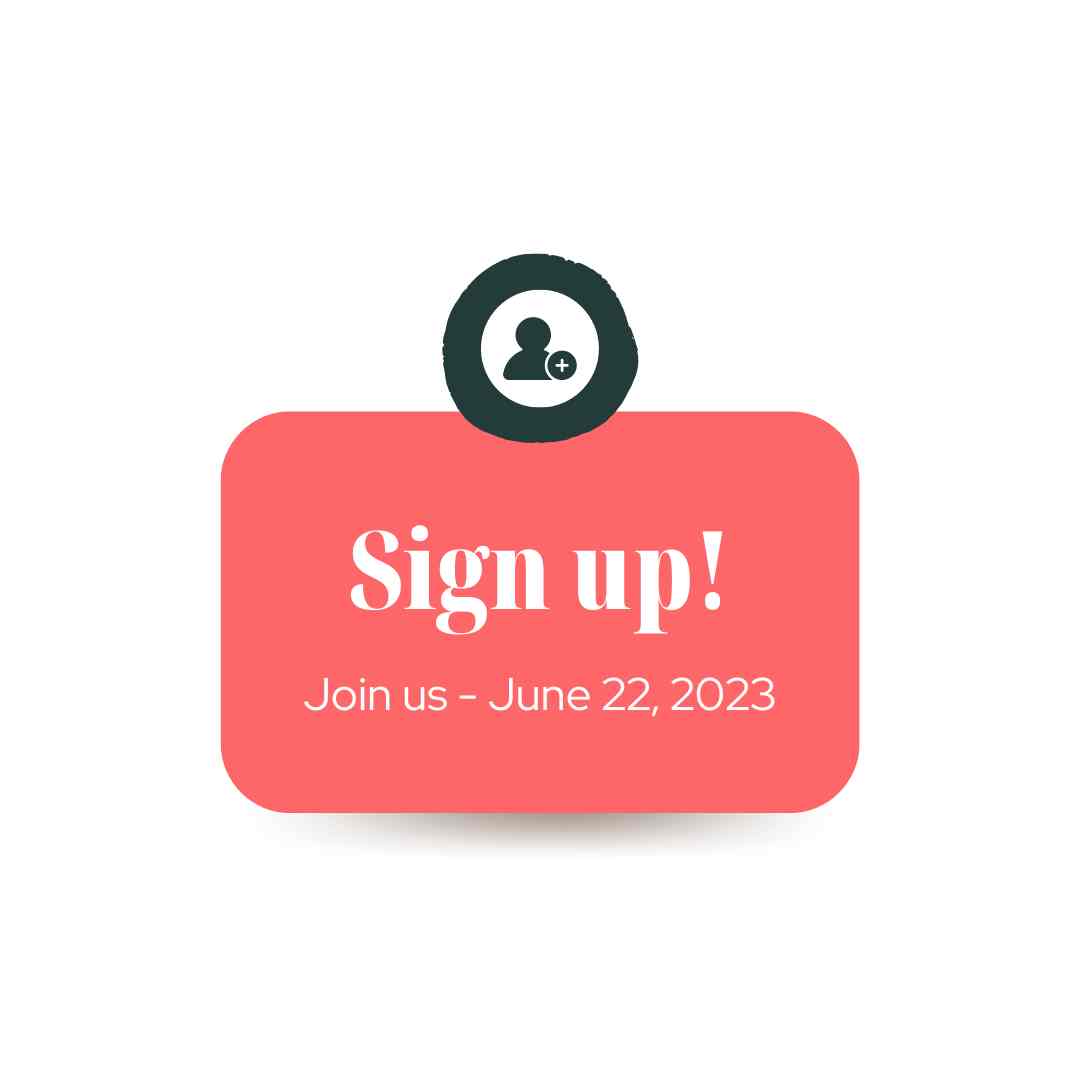
10. Ask for feedback
As with any comms campaign or employee initiative, it’s important to get a sense of how people feel about it.
If you already have a designated employee comms or engagement survey, add questions about the newsletter and how valuable it is for your colleagues.
TIP: You can read more about designing an employee engagement survey here.
11. Keep developing
If the past couple of years have shown us anything, it’s that work is changing quickly, and organizations must change to keep pace.
Remote and hybrid working have become important for some sectors, while others are going through growth or contraction due to globalization and economic uncertainty.
Whatever is happening with your organization, the impacts will be seen in how the workforce changes: where they are, who they are, how they work, and what tools they have access to.
What this means is that even if an email newsletter does suit your structure right now, it may not next year.
Working collaboratively with HR and other teams will give you a sense of how the company is changing and how comms should change too.
